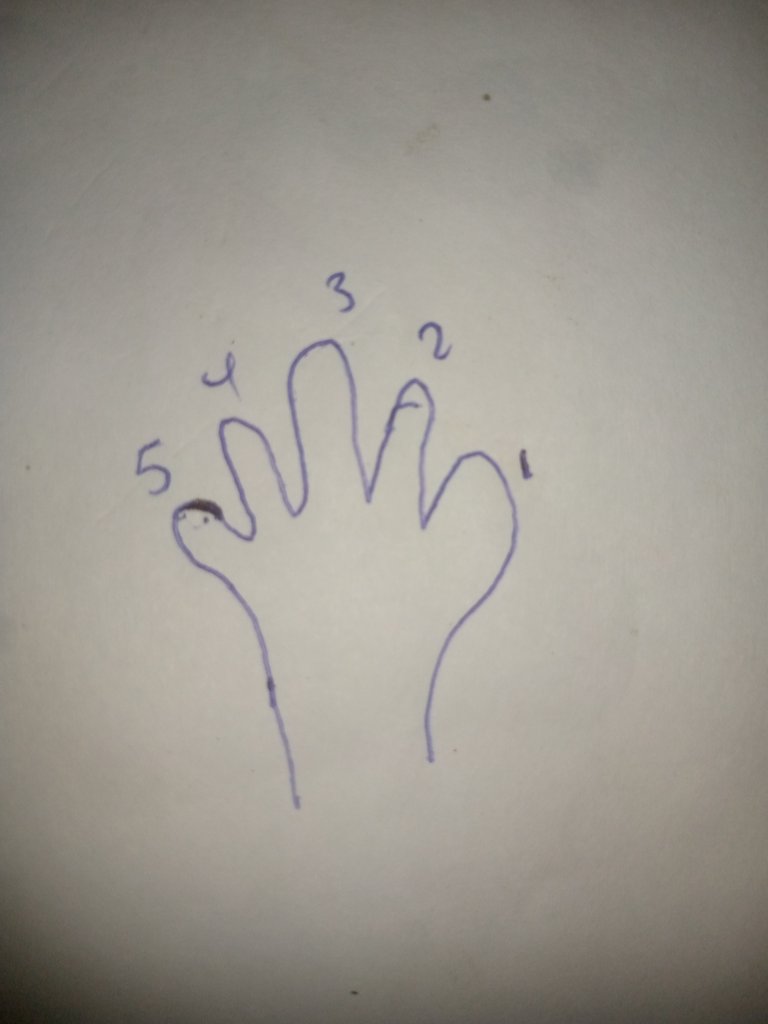Hello everyone, it's great to have you back! Welcome to WEEKEND EXPERIENCES week 215, and I’m @johndoy0.
This weekend, I'll be sharing with you an amazing instrument known as the piano. The piano has a flat surface with musical keys, notes, and sounds used to produce melodies. There are different types of pianos:


Grand Piano: Known for its unique sound, the grand piano has a distinctive build and produces a sound that is unparalleled.
Organ: This type is unique and often used for hymns. Its build and sound are different from other pianos.
Electric Piano: Known as a multipurpose or all-round piano, it combines the sounds of other piano types. It includes both string and wind instrument sounds, making it special.
The piano consists of seven major keys, corresponding to the first seven letters of the alphabet, A to G. You might have noticed black keys on a piano; the white keys are the major or flat keys, while the black keys are the sharp or minor keys, totaling twelve keys on the piano. The first key on every piano is C, and the piano's key range goes from C to B, with keys E and B not having a sharp.
When I started learning the piano, I thought it would be easy, but I realized that the more you play, the more you learn, both consciously and unconsciously.
Scale
To play the piano well, you need to learn scaling, which involves running notes in ascending and descending order. The different types of scales include:
- Blues Scale
- Chromatic Scale
- Pentatonic Scale
- The chromatic scale is the foundational scale for all other scales in music, involving all twelve keys.

Fingering
Doh - Doh; Reh - Moh; Meh - Fah; Fih - Soh; Seh - Lah; Toh - Tih; Doh
1 3 1 3 1 2. 3 1 3 1 3 4 5
- Pentatonic Scale: Derived from "Penta" (five) and "tonic" (doh), it involves running solfa notes from doh to doh (octave).
Solfa Notations: Doh Reh Meh Fah Soh Lah Tih Doh
Fingering:
Doh Reh Meh Fah Soh Lah Tih Doh
1 2 3 1 2 3 4 5
Note: You only have five fingers, but you need to run a scale of eight to twelve keys. The first finger is the thumb, followed by the other fingers in sequence. In fingering, wherever you see "1," it means the thumb should press that note.
Thank you for visiting my blog and reading.

